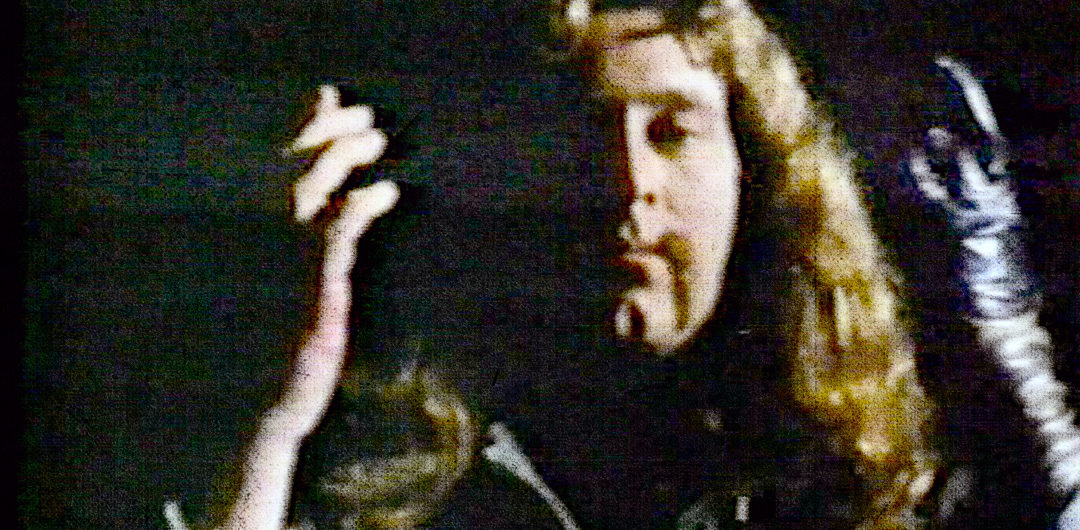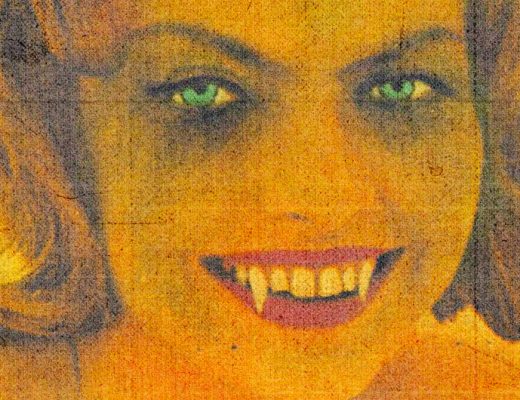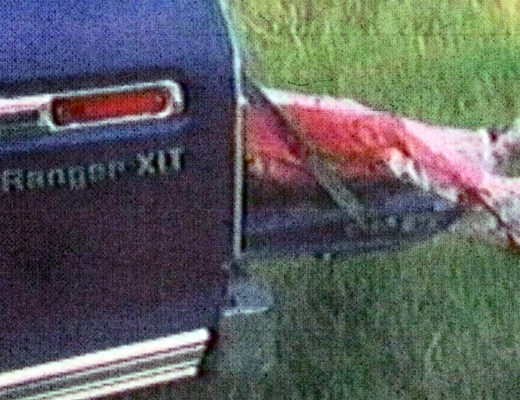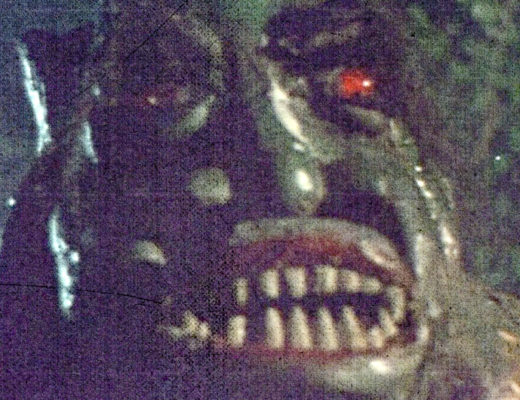How far would you go to follow a dream?
In October 1977, Demon Lover aka The Devil Master was distributed to drive-in theaters across the United States. It would go on to see release from several home video companies in the 1980s, such as Regal, New Horizons, and Unicorn. Yet, the film remains obscure today.
Filmed in the alternate timescape known as Michigan, Demon Lover chronicles the black magic rites of a man-beast named Lavall (Jerry Younkins) as he unleashes an ape-suited demon on a town of Midwestern stoners. As the gore drips and the mustaches soar, we witness a kung fu brawl in a dive bar, the conjuring of a nude sex slave, and a velvet painting of the Last Supper. Plus a role from Gunnar Hansen aka Leatherface from The Texas Chain Saw Massacre (!). This planet-destroying combination of gritty violence, hilarious absurdity, and a lil’ guy named Charlie — who dishes out a mean version of The Hustle on the dance floor — fortifies Demon Lover as trash-horror royalty.
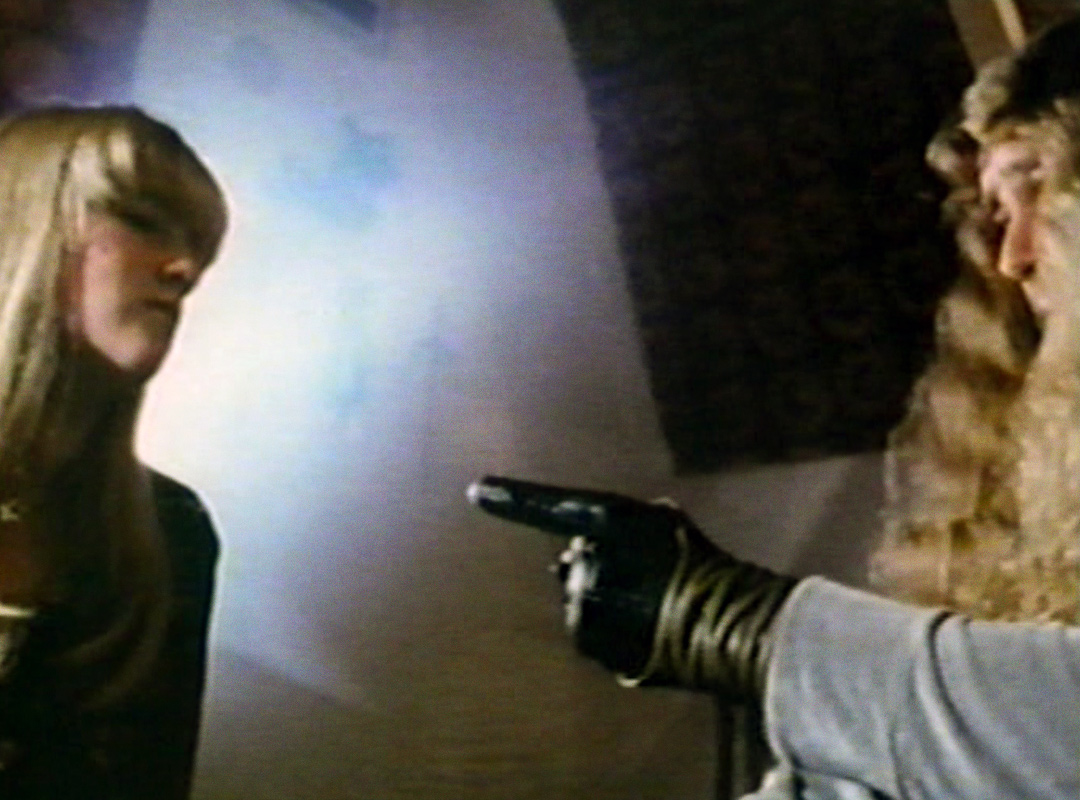
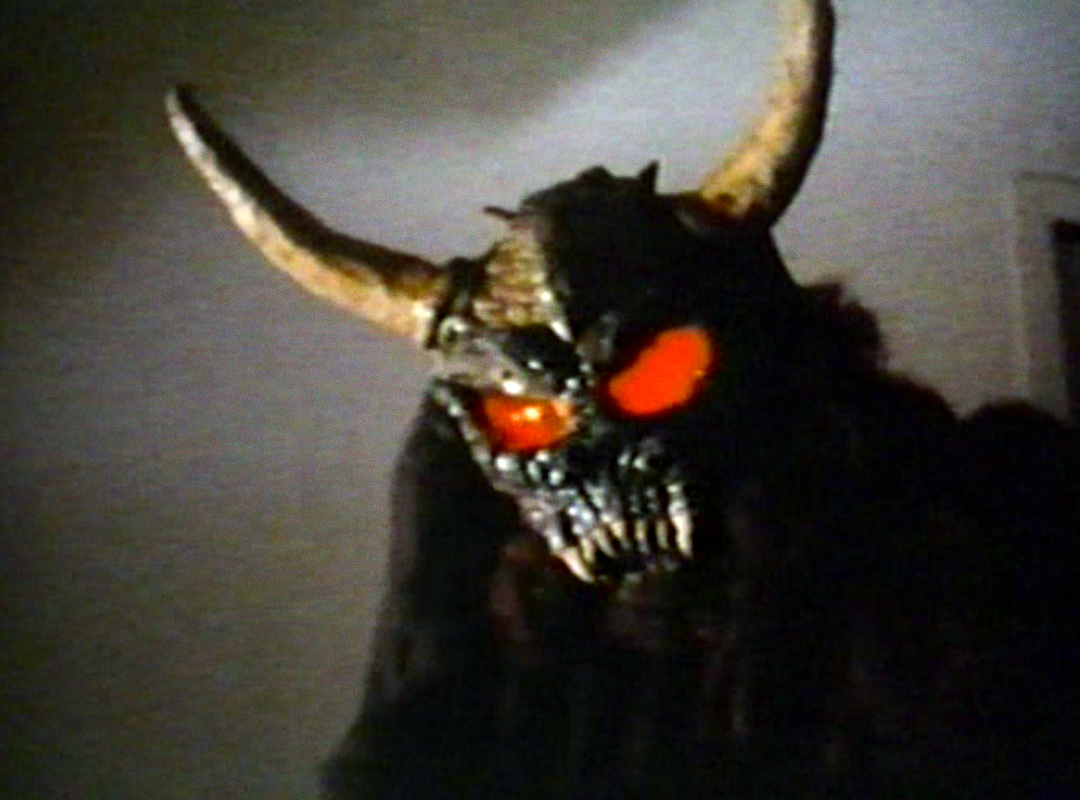
As is the case with other singularly warped, no-budget horror films, the aberrant qualities of Demon Lover heighten the viewer’s sense of curiosity about the filmmakers themselves. For instance, everybody knows that José Mojica Marins aka Coffin Joe isn’t a murderous letch in real life. He’s eccentric, but not crazy. Andy Milligan, on the other hand, lived a life full of deviance and pain, much like his onscreen works. But what of Lavall and company? The story behind Demon Lover toils in uncertainty. What was the intention? Were the filmmakers serious or just mentally defective? Who, in their right mind, would green-light Lavall’s bloated Kung Fu exhibition? The answers are more consuming than you might think.
In the fall of 1975, New York cinematographer Jeff Kreines was hired by producer-director Donald Jackson (Roller Blade, Hell Comes To Frogtown) and producer-actor Jerry Younkins (he wrote a few books about knives) to serve as cameraman on their first venture into motion picture production. Although Jackson and Younkins were still employed as factory workers, they hoped that a “big break” was on the horizon. Demon Lover was in motion. Kreines set out for Michigan, hiring friend and soundman Mark Rance to work on the film. In addition, Jeff invited filmmaker/girlfriend Joel DeMott along for help and technical support. The day before the trek, DeMott turned her 16mm camera on. Demon Lover Diary was the result.
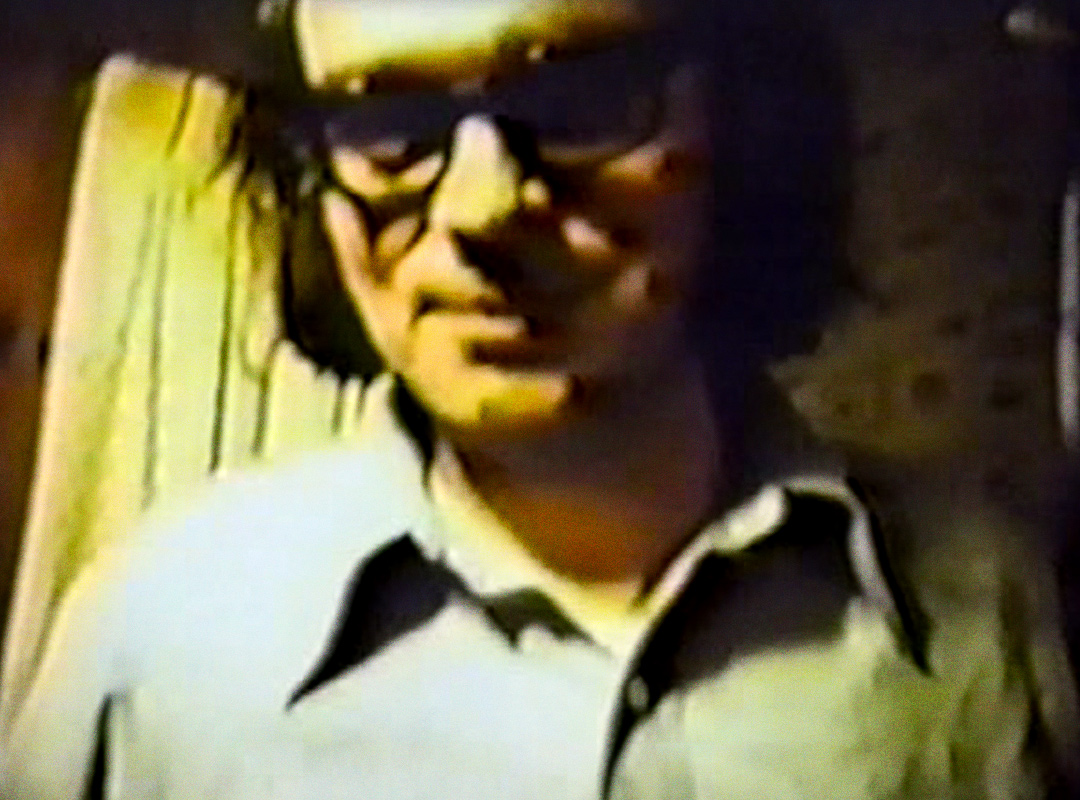
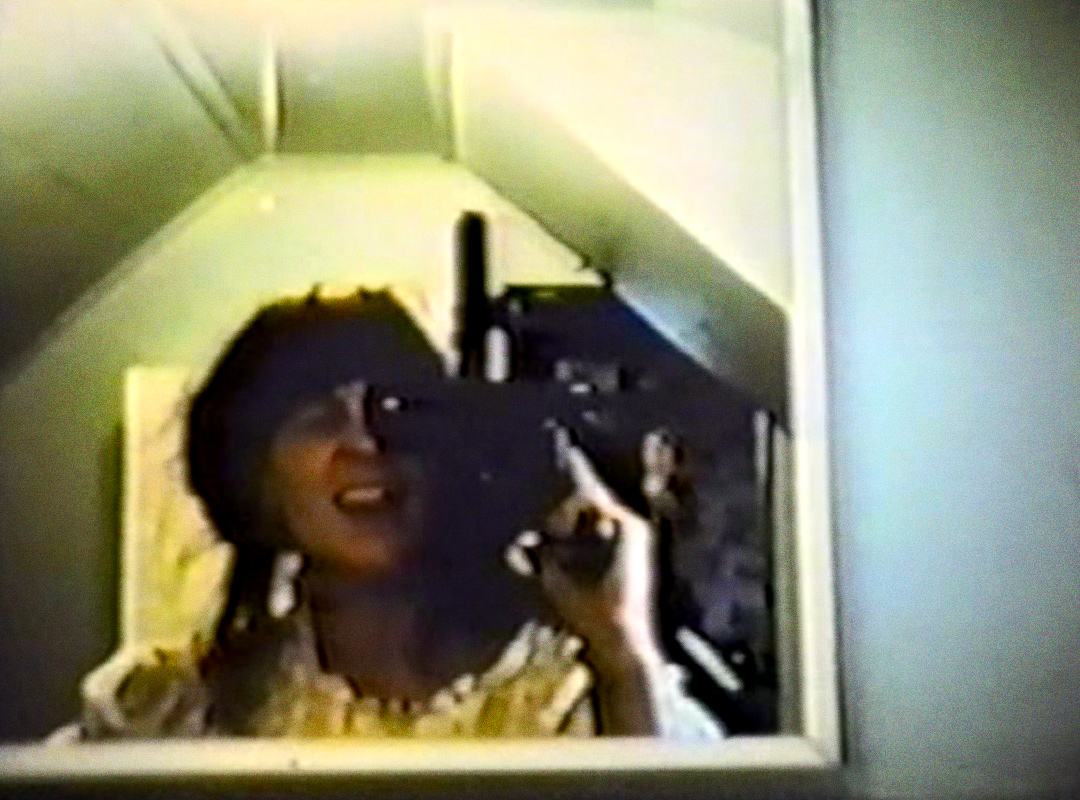
“We’re making a masterpiece. It’s like a ballet.”
— Donald Jackson on Demon Lover
Opening to select theatrical showings in 1980, but never available on home video, Demon Lover Diary might be the most significant “lost” documentary of all time. Winner of the LA Film Critics’ Award for best independent/experimental Film upon its release, the crude and biting saga chronicles fifteen days in the lives of the cast and crew of Demon Lover — their passions, their frailties, and ultimately, their frightening capabilities. When Joel DeMott turns her camera on, what you see is what you get. The effects of that raw honesty turn out to be much bigger than anyone involved could have imagined.
Joel, Jeff, and Mark arrive in Michigan. They’re young and inexperienced, and a little late, but filled with enthusiasm. Don Jackson and Jerry Younkins are waiting. From the start, personalities clash. Don, the frenzied, narcissistic, and passionate filmmaker and Jerry, the brooding, optimistic producer, immediately draw lines with the new kids. This is their show. They know what they want. But do they? Jerry admits to severing one of his own fingers in order to claim $8,000 in insurance money for the film’s production. The New Yorkers stay with Don’s charming, spinster-like Mother in her upstairs attic. Filming begins.
What follows is a remarkable insight into the collapse of rational thought under the pressures of extreme stress. As sleep is deprived and debt mounts, the once authoritative Jackson loses himself in compulsion. Younkins battles with his temper. Kreines and DeMott share inside jabs. Humor shapes into sadness. The sets devolve into unproductivity. Sex, practical jokes, and flared tempers shift the focus. DeMott’s narration provides a voice when her own can’t be heard. Before long, it’s very clear that no one has any idea of what they’re doing. Perhaps, they never did. After a day of shooting on Ted Nugent’s estate, the bow breaks. The film’s zenith delivers a chilling moment of madness and stupidity that’s impossible to forget.
The capability of Demon Lover Diary lies not only within its novelty — an unrivaled peek into the making of a 1970s trash film — but also with its blunt, unfiltered snapshot of human obsession. As the old saying goes, the camera doesn’t lie.
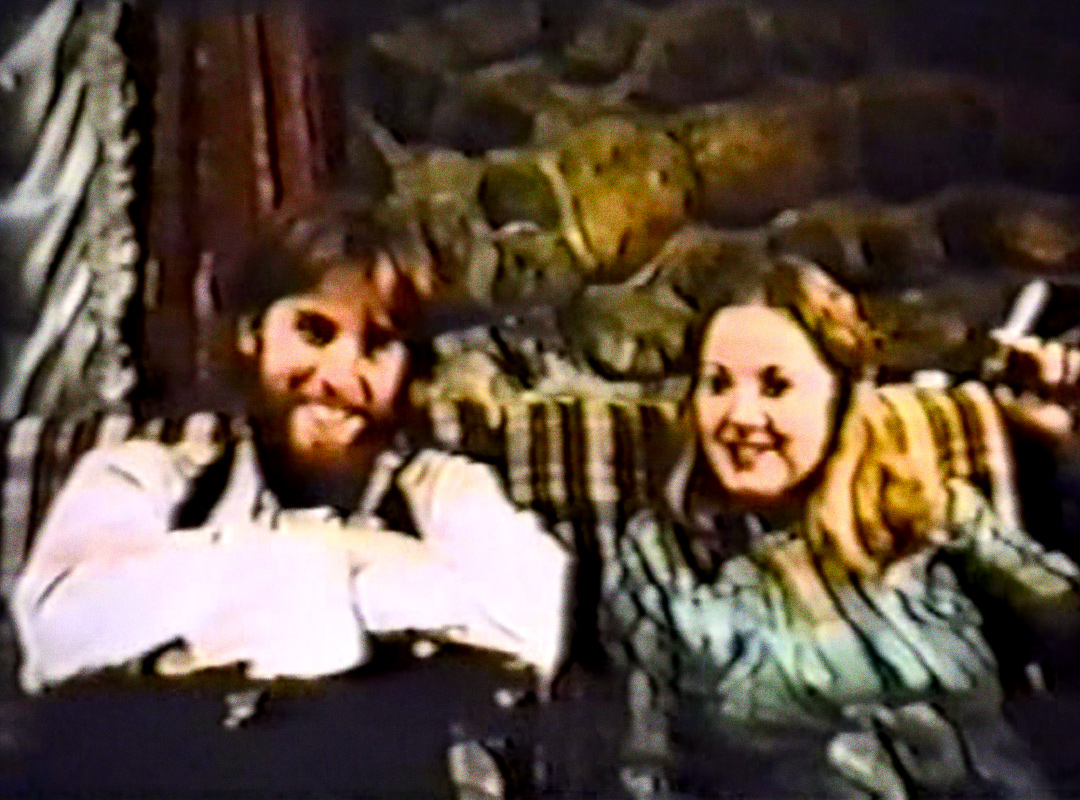
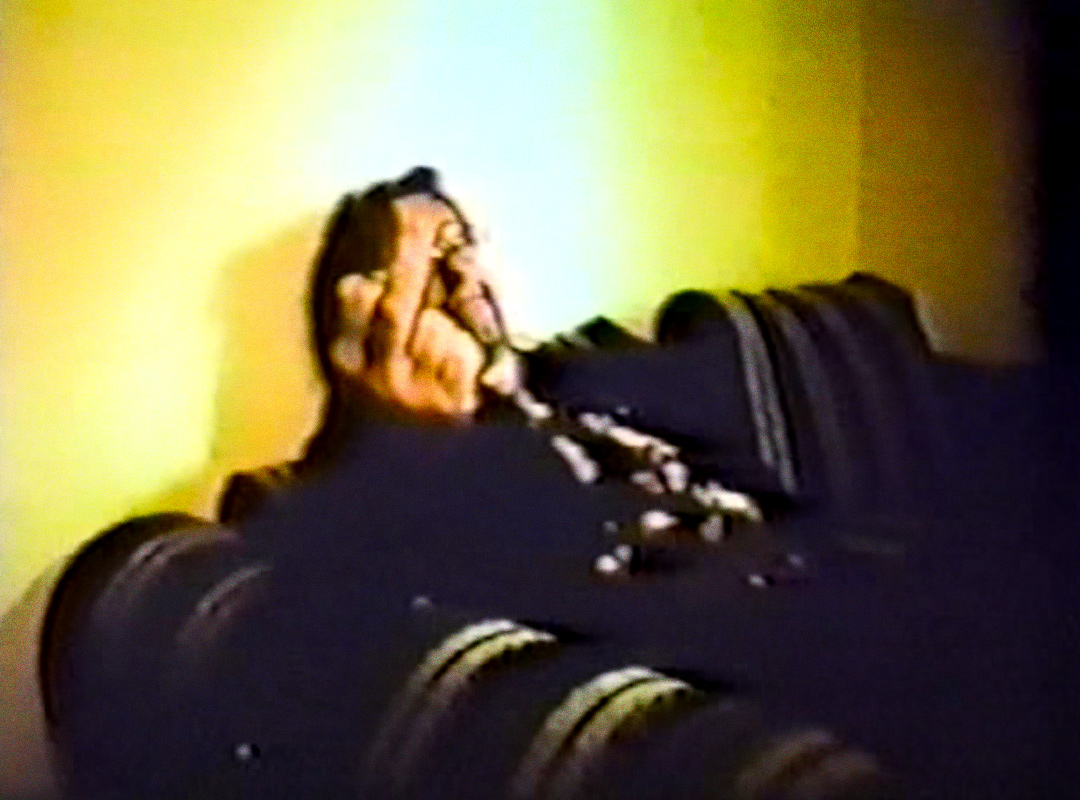
Before his passing in 2003, Donald Jackson spoke with France’s Trash Times about his reactions to Demon Lover Diary. Regardless of Joel DeMott’s intentions, Jackson’s conflicting comments only cement the clout of the film today.
“Demon Lover was received well by those who saw it and understood it — meaning that some people understood that we were poking fun at horror movies…” Don continued, “The people who made Demon Lover Diary were just out to make me look bad.”
People collapse. They make bad decisions. The faltering in Demon Lover Diary recalls the shocking emotion of the Maysles Brothers’ Gimme Shelter (1970), but places the whole squarely within a cinéma vérité structure. Events are so well presented that the film flows like lightning-fast fiction. Twenty years later, that same template and gritty technique would go on to fuel the incredible success of The Blair Witch Project. The difference is that Demon Lover Diary is absolutely genuine. It’s really happening. If David Holzman’s Diary (1967) was a clever spoof on the then-in-vogue cinéma vérité style, then this film is the real life response.
As Demon Lover Diary speeds to a close, the sounds of sobs echo through empty highways and paranoia runs high.
How far would you go to follow a dream?

